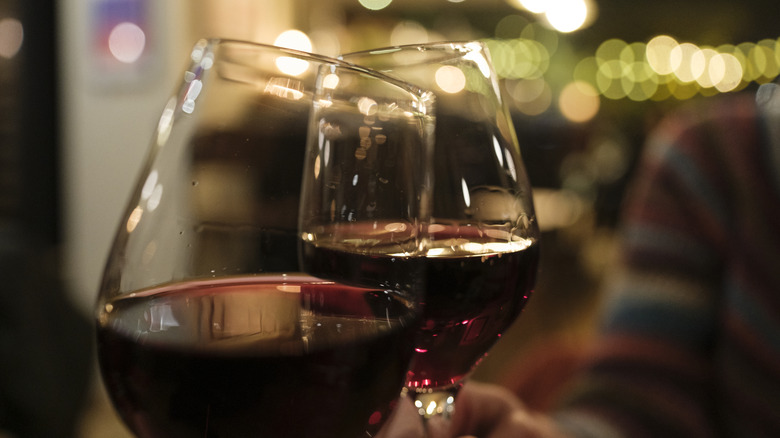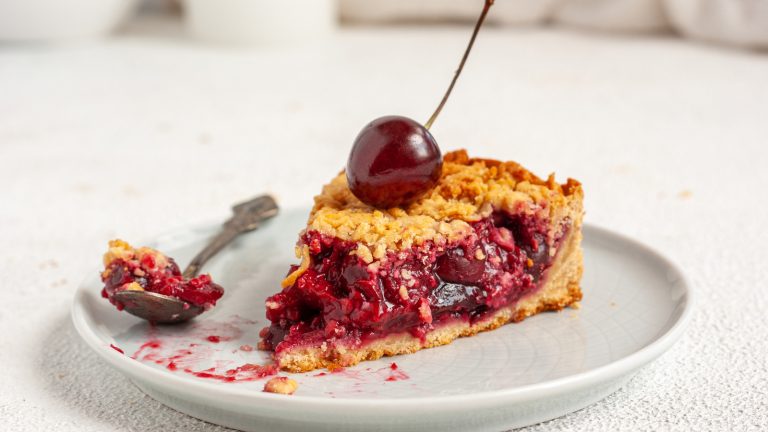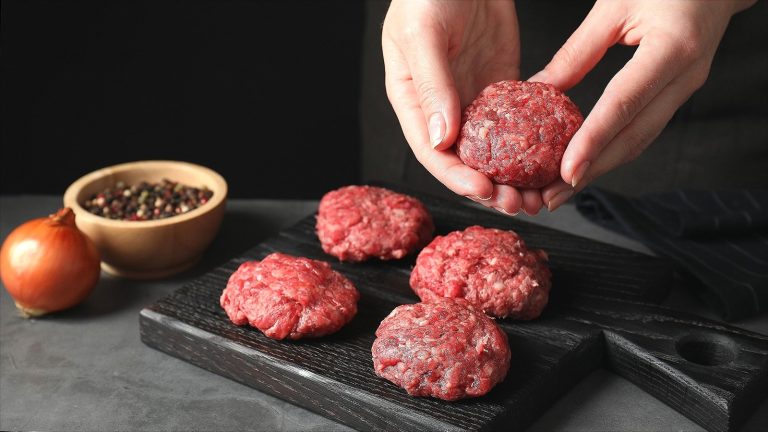Roast lamb skewered with rosemary and garlic washed back by half a bottle of wine is a lunchtime luxury. Pair this with springtime sunshine and good company and you’ve got a strong contender for the perfect Sunday. But the wine? That’s where the magic, or mismatch, can happen.
Helena Nicklin, drinks writer, broadcaster, and founder of HelenaSips Wine Academy, says your wine pick is crucial to making the most of lamb’s rich, savory character: “Lamb has a couple of classic wine pairings — both red. The most famous is Rioja, with its concentrated, vanilla-scented dark berry notes, which love roast or grilled lamb.” Lamb chops, known as Chuletillas de Cordero al sarmiento, are actually a Riojan specialty that are grilled over wine shoots gathered from the region’s ample vineyards during winter, with the saltiness of the lamb balancing the tipple’s heavy mouthfeel.
If you’re opting for a lighter lamb dish, such as grilled lamb salad, Nicklin says “pinot noir is another classic pairing.” This all comes down to its earthiness and bright red fruit notes, which provide a foil for the lamb’s umami richness. But not all pinots are equal here; Nicklin’s advice is to go for bottles from New Zealand, Chile, or California, which can “stand up to stronger flavors, like a tart berry sauce.” Avoid overly perfumed or oaky versions, which can clash with lamb’s aromatic nature.
Why do wine and lamb go well together?
It doesn’t take an expert to figure out that red wine and red meat are a tasty match, but there’s science behind it. Tannins in red wine bind with the fat in lamb, mellowing the drink and enhancing the taste of the meat. At the same time, the fat brings out the wine’s fruitier notes, creating a harmonious, rounded experience. Balance is everything: You want a wine that matches the intensity of your dish without overpowering it, and one that interacts well with sauces. A zingy mint jelly (a perfect choice for a lamb dish) or punchy chimichurri can rock the boat, so keep your pairing flexible.
Not a red wine drinker? Crisp whites with high acidity, such as pinot grigio or sauvignon blanc, provide a refreshing antidote to fatty dishes with a spicy kick, such as a chili-infused Mongolian lamb stir-fry, and can help enhance delicate flavors. A dry rosé with fruity, floral notes is a versatile choice for both light and heavier dishes; for a very special occasion, you may want to break out sparkling rosé. Not only does the acidity cut through the meat’s richness, but the bubbles reset the palate between bites. Whether you’re partial to red, white, or something in the middle, there’s a wine out there that can elevate your next lamb dinner. The key is matching flavor intensity, balancing fat with freshness, and, as always, drinking what you love.






